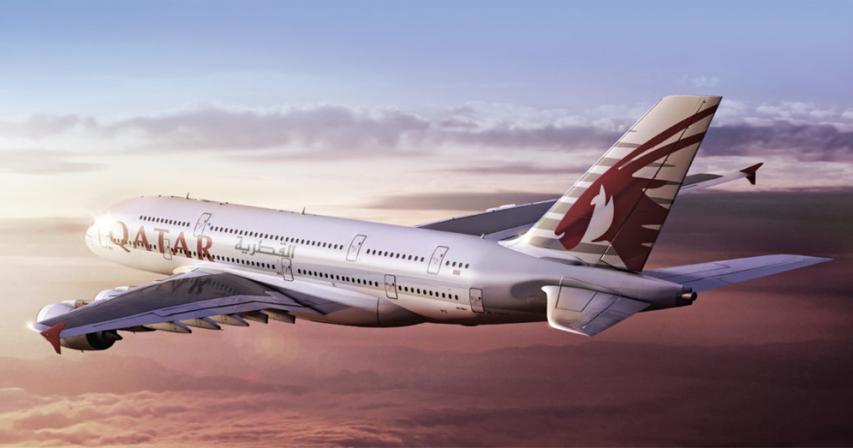Qatar Airways Talks AI, IFEC and Satellites
- 5 years ago

Qatar Airways, which was only launched in 1997, is one of the world’s fastest growing airlines and a pioneer in terms of in-flight connectivity (IFC). I recently caught up with Ashi Hoseini, manager of Electronic Flight Bag (EFB) systems at the airline, to discuss Qatar's view of the connected aircraft market, and what could be coming down the pipeline.
She believes the influx of low-earth orbit (LEO) satellites will dramatically change the game.
“Absolutely (they will impact the market)! LEO satellites are a new and growing technology and like any new technology, they will have an impact and will probably disrupt the market. These satellites are cheaper to build and will open up the possibilities for other type of players and solutions. Other benefits are more redundant systems, highly resilient and much greater bandwidth compared to the traditional High Throughput Satellites (HTS),” Hoseini said.
Qatar’s aircraft are using Honeywell’s JetWave satellite communications hardware, which includes a Multi-Channel Satellite (MCS) terminal, antenna controller, modem and router hardware, and a tail-mounted antenna dual receivers. In 2018, Qatar became the first commercial airline based in the Middle East to invest in Inmarsat’s GX Aviation technology across its fleet of Airbus A350 and Boeing 777 aircraft.
For an airline like Qatar Airways that invests aggressively in IFC, it needs to be aware of all the latest technology and solutions as it looks to remain at the cutting edge of customer experience. Hoseini admits there are many new technologies and players in the connectivity field, and new possibilities to be explored and evaluated.
She said she hopes to see more established solutions and more concrete examples and statistics related to benefits and paybacks. She also sees future opportunities for the use of artificial intelligence (AI) and machine learning (ML) by commercial airlines.
“I hope that more and more vendors and application developers incorporate the AI and ML technologies into their solutions. I believe that as a developer in this fast pacing industry, you should be one or two step ahead of your customers in order to be able to deliver the best solution and experience. This is something that I hope to see more of in the airline industry over the next two to three years. My ambition is of course to continue the digital transformation in new ways to increase simplicity and operational efficiency," Hoseini said.
One of the big questions for airlines when investing in connectivity solutions, particularly around satellite, is the potential return on investment (ROI). With passengers seemingly somewhat reluctant to pay for these services, the challenge for airlines is how they can justify huge investments in equipping their fleets with state-of-the-art connectivity.
On the business model question, Hoseini said that today, there really is no IFC business model that is profitable for airlines to rely upon generating revenue directly from passengers using the internet in-flight.
“Basing your business case and model on the revenue from passengers is not correct and will never give the expected ROI. The business model should be based on other types of benefits such as revenue gained via partnership with other relevant industry players or by focusing on the benefits gained as a result of automation of data distribution such as aircraft health monitoring, more frequent and accurate weather and turbulence data, etc. The model is more complex and requires more creativity and re-thinking," Hoseini said.
However, Hoseini believes that the market as well as the digital transformation taking place within airlines is leading to positive change. She said that during the last two to three years, connectivity has been growing and the benefits are becoming more and more visible and tangible.
“Many airlines have also gone through a digital transformation and mobility in different areas is growing. Connectivity is the main pre-requisite and the best way to benefit from a digital and mobile solution, which makes the way to a decision very short and a natural step. I think that the combination of all above factors have led to a large change in the market. And more and more airlines are joining the trend and make connectivity part of their mobile strategy," Hoseini said.
Source: aviationtoday.com
Comments